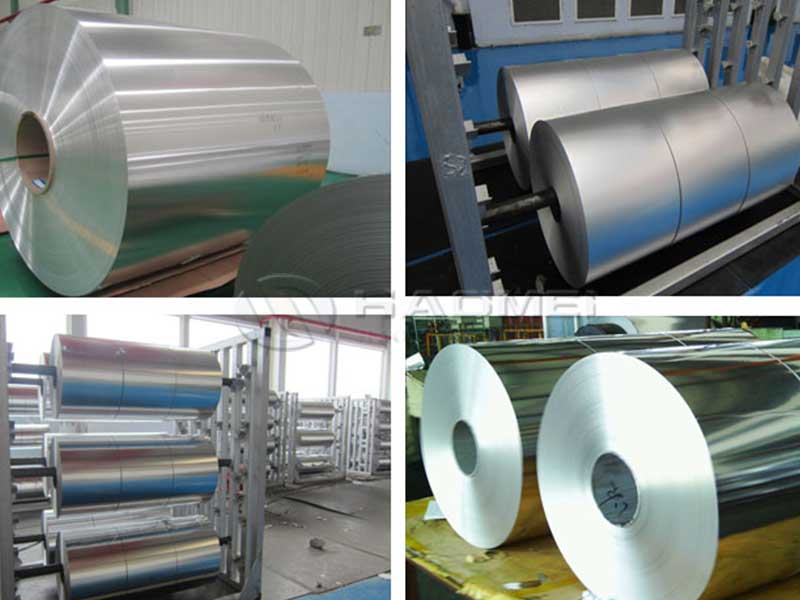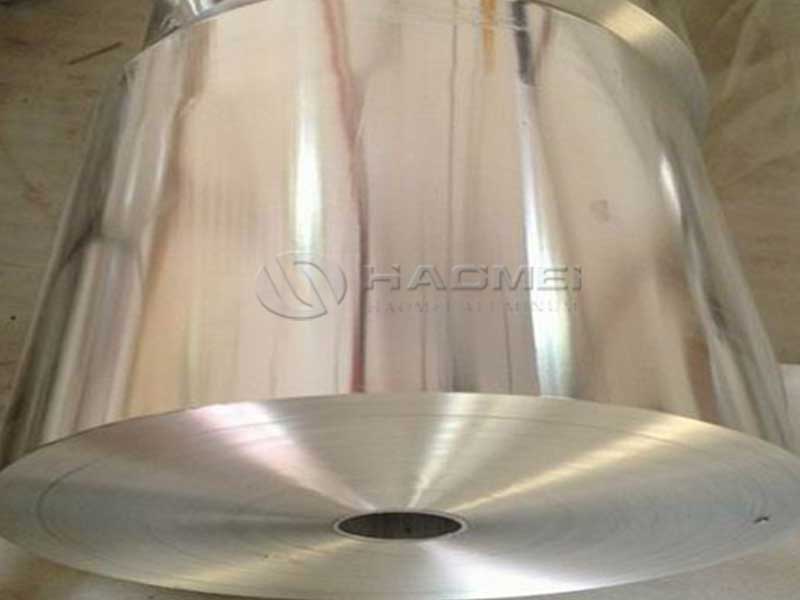Aluminum foil is widely used across various industries, including food packaging, pharmaceuticals, and insulation. However, before it reaches consumers, it undergoes several specialized processes to maximize its effectiveness and usability. Two of the primary processes involved in aluminum foil production are rewinding and slitting. Understanding these systems can provide valuable insights into the quality, efficiency, and functionality of your aluminum foil products.
What is Aluminum Foil Rewinding?
Aluminum foil rewinding is a finishing process that strips the completed metal from larger rolls into smaller, more manageable rolls. During the manufacturing phase, aluminum foil is produced on large rolls that can weigh hundreds of kilograms. Rewinding bypasses long words and speeds up productivity by making aluminum foil easier to handle, store, and transport.
Rewinding ensures that each smaller roll of aluminum foil has the same quality and thickness. It allows manufacturers to produce consumer-length foils that can cater to various applications, from home cooking and baking to professional food prep. This process not only enhances usability but also reduces waste that could arise if large rolls were packaged wrongly or damaged during handling.
What is Aluminum Foil Slitting?
Aluminum foil slitting, on the other hand, refers to cutting larger rolls of foil into thinner strips or specific widths to meet individual customer requirements. This process is critical for companies that need precise dimensions for specific applications—such as creating custom-sized sheets for food service, medical packaging, or crafting purposes.
In the slitting process, the wide aluminum rolls are passed through a slitter machine that provides a high degree of accuracy. By utilizing sharp blades and carefully calibrated pressure, manufacturers can produce uniform widths to match market needs. This reduces the developmental time for subsequent usage and maximize customer satisfaction.
How Rewinding and Slitting Benefit Businesses
Quality Control: Both aluminum foil rewinding and slitting contribute to strict quality control. Ensuring the foil's uniformity in thickness and dimensions during these processes mitigates potential wastage and allows businesses various applications to receive a product ready for instant use.
Flexibility and Customization: The ability to produce various roll sizes and custom widths proposes an edge for businesses offered through graphic design and manufacturing. This flexibility ensures that clients receive foil tailored specifically to their unique requirements.
Cost-Effective Production: Efficient dealing through these processes translates directly to maintaining minimized overhead costs while maximizing manufacturing outputs. Manufacturers can optimize existing delivery processes and streamline the supply chain to help maintain competitive pricing in today's market.
Final Thoughts
Aluminum foil rewinding and slitting are indispensable techniques that enhance the efficiency, flexibility, and quality of aluminum foil products. Understanding these crucial processes will not only help suppliers elevate their standards but also allow consumers to make better-informed choices when selecting Aluminum foil products for home or industrial usage. By staying educated on the making of these valuable products, both businesses and end-users can maintain a superior performance and foster a fruitful relationship within their operations.













